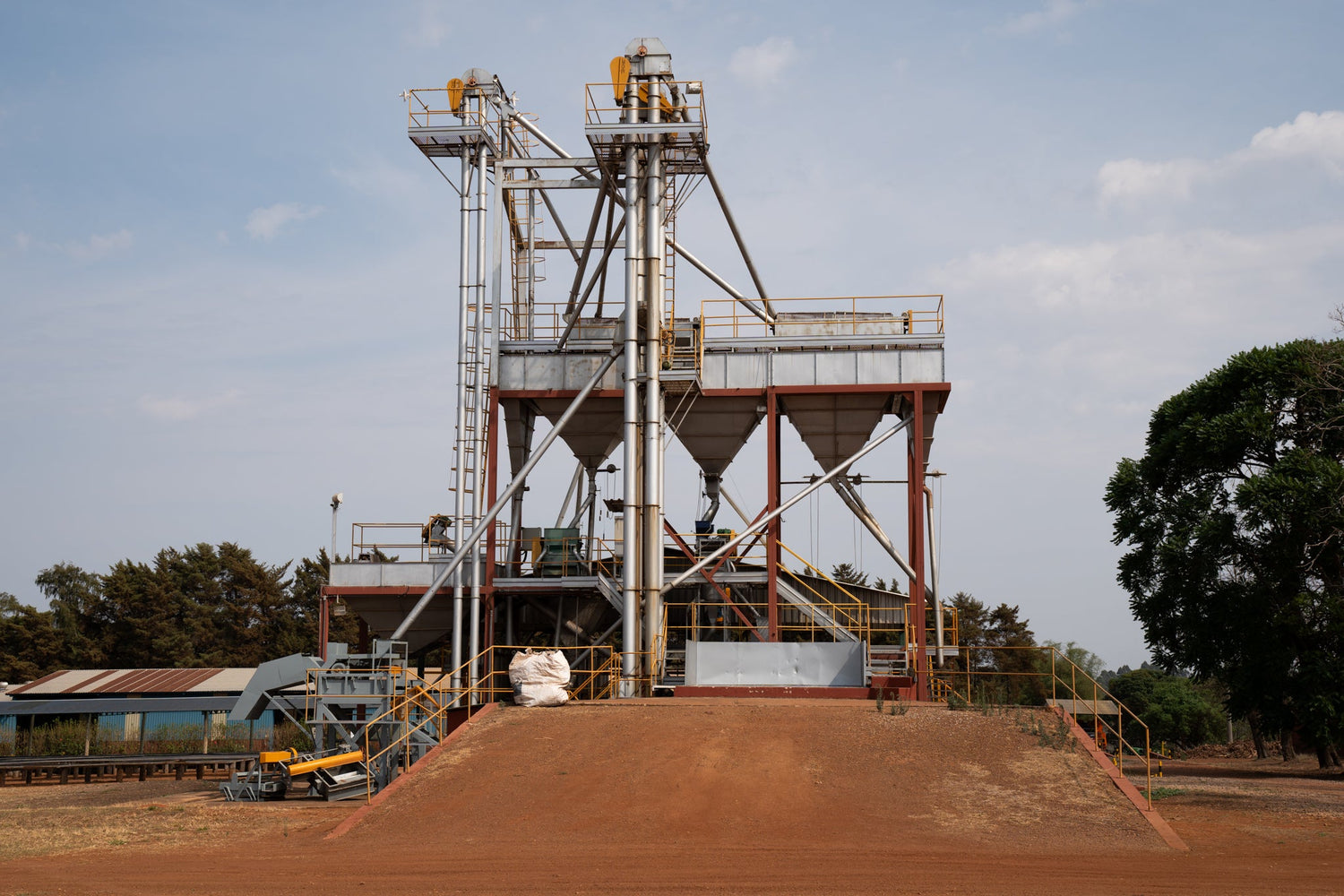By Kieran Lamont
After hearing rumours within the speciality coffee industry that low pressure produces much more consistent and delicious espresso, we set out to uncover some of the science behind why this may be the case. Rather than relying upon anecdotal evidence, we had initially aimed to link taste, extraction theory and data to provide concrete justification for lowering your machine pressure from 9 bar to 6 bar.

Pressure drop
We began by testing our three main espresso options with four recipes on two identical espresso machines, set to 6 bar and 9 bar respectively. We then compared the results to see if lower or higher pressure coincided with higher extraction figures and whether higher extraction was even necessary for improving the flavour of the espresso. To do this, we measured the TDS (Total Dissolved Solids) of each espresso and from that calculated the extraction percentage, as well as making any relevant notes. Our results showed that the TDS and extraction figures did not necessarily correlate with the different pressures in any meaningful way. All extraction percentages were within the universally accepted parameters of 18-22% but the main difference was in the taste.
As this once again left us with somewhat anecdotal findings and no scientific data to lean on, we decided to do a larger experiment, bringing together staff from various Climpson departments to blindly taste espresso and milk drinks from each machine set to 6 and 9 bar. For this final test, we dialled in each machine to their best possible taste and then conducted a blind taste test to determine the winner. It was clear from this that the lower pressure drinks came out on top, both for espresso and milk options, with most people commenting on the lower pressure drink being sweeter and more balanced. Based on everyone's notes, the main takeaway from the experiment was that lower pressure often turned an espresso with dark chocolate notes and citric acidity into a more milk chocolate/caramel flavour profile with softer malic acidity and notes of dried fruit.
A possible cause of pressure affecting the flavour balance of espresso would be, the more pressure you apply, the finer grind you have to go to create enough resistance in the puck to give the coffee enough time to extract. However, when grinding finer you are more likely to create bitterness and astringency too. Adjusting the pump pressure also affects the coffee in this way as higher pressure forces the smallest particles of the ground coffee to the bottom and can partially block the basket holes which also slows the shot down and can lead to over-extraction, channelling and unevenness. Lastly, channelling at higher pressure is due to the well-explored notion that water is lazy. If you increase the pressure, the water will force itself through the most permeable area of the bed, rather than taking its time to evenly pass through.

So where does this leave us?
In an attempt to conclude, pulling 9 bar espresso shots isn’t necessarily bad, as harshness or imbalance can be offset by grinding coarser. But saying that, 6 bar pressure did obviously produce a much sweeter and less harsh espresso. Theoretically speaking, higher pressure also increases the likeliness of channelling due to the water predominantly rushing through the least dense area of the coffee bed. Lastly, 6 bars also appeared to widen the espresso recipe parameters at which the coffee tasted great when compared with 9 bar. This means that with 6 bars, a few different variations around the perfect recipe were all tasting great, allowing for a much more forgiving set up in a busy cafe environment.
Ultimately, we found a limited correlation between pressure and extraction percentages, but we did experience an undeniable effect on the perception of flavour and sweetness, reminding us that taste is often more important than chasing exact extraction numbers.

Notes
To clarify, when we talk about channelling, what we’re essentially talking about is the uneven grind size and uneven distribution of the coffee in the portafilter, which causes the coffee particles to extract at different rates and can lead to bitterness and sourness in the cup. This makes it particularly difficult to dial in as you’re simultaneously detecting over and under-extracted notes in the coffee. Coffee is extremely prone to channelling and is the main obstacle to producing consistently delicious brews but it appears as though lower pump pressure is one way to combat this, as well as grinder alignment, uniformity of distribution and tamp pressure.
Some measures we took to increase the reliability of the tests were;
- Used the push tamp as it is adjustable and can’t go further than the lip of the basket so the pressure is consistent
- Fully cleaned and backflushed the machine
- Fully cleaned the grinder
- Used well-rested Baron from 7 days ago
- Zero’d the refractometer before starting




